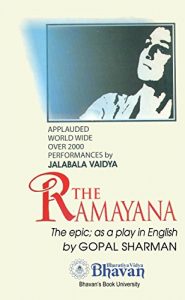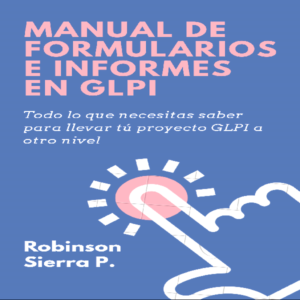The Ramayana, The Play:
PERFORMED AS A TRADITIONAL KATHA, BY A SINGLE KATHAVACHAKA, OR STORYTELLER.
I wrote The Ramayana to be played by a full cast of actors, dancers, musicians and singers.
Two insurmountable problems cropped up after the writing when I tried to put a competent professional production together. First, there were no professional theatre actors available anywhere in India because there was no professional urban theatre in the country. Second, even if I could have picked from the amateur talent that was available, in order to drill them into a professional team, there were no discerning patrons to provide the initial subsidy such an enterprise needed.
Regardless, and somewhat naively, I tried to create both: a team with sufficient dedication in a venture that afforded no security, and patrons who, seeing such a team, would risk their money on the enterprise. Not surprisingly, I came to grief.
But not wholly. The bitter, sad experience compelled me to try a humbler experiment - of doing the play as a katha. Katha (Sanskrit) means, simply, story. But in another sense (like ‘story’ to a journalist), the word conjures up for most Indians today the picture of a solitary person (katha vachaka, storyteller) telling stories from Hindu mythology. It is through this institution, of the katha, that India's literary masterpieces continued to be available to a people whose culture suffered brutal conquest for almost a thousand years.
Unlike in Europe, India's urban centres, the great cities plundered time and again, have not evolved such means of artistic dissemination as living theatres or publishing of any substance. Through all the nine-hundred-plus years of conquest the burden of keeping the literature of a high civilization from becoming extinct was borne admirably by the katha vachaka. There is no Indian, educated or illiterate, who has not witnessed a katha. The form - of a solitary person telling mythological stories and illustrating right and wrong through them - came in handy to people like Mahatma Gandhi, who called his public meetings prayer meetings; and which were, indeed, fashioned in every detail on the katha.
The years preceding and following Independence produced, among much else a ‘theatre movement' of sorts: a great mushrooming of amateurs, promise but no fulfilment, certainly no one to employ the katha as a theatrical form. This is what I devoted myself to doing for several years - and, with the help of Jalabala Vaidya in the role of the katha vachaka, I have had the satisfaction of at least proposing to people in my own country, and also to a highly receptive theatre community internationally, that here was excellent dramatic material, a potential theatrical medium with a technique practised and perfected over several hundred years.
PERFORMED AS A TRADITIONAL KATHA, BY A SINGLE KATHAVACHAKA, OR STORYTELLER.
I wrote The Ramayana to be played by a full cast of actors, dancers, musicians and singers.
Two insurmountable problems cropped up after the writing when I tried to put a competent professional production together. First, there were no professional theatre actors available anywhere in India because there was no professional urban theatre in the country. Second, even if I could have picked from the amateur talent that was available, in order to drill them into a professional team, there were no discerning patrons to provide the initial subsidy such an enterprise needed.
Regardless, and somewhat naively, I tried to create both: a team with sufficient dedication in a venture that afforded no security, and patrons who, seeing such a team, would risk their money on the enterprise. Not surprisingly, I came to grief.
But not wholly. The bitter, sad experience compelled me to try a humbler experiment - of doing the play as a katha. Katha (Sanskrit) means, simply, story. But in another sense (like ‘story’ to a journalist), the word conjures up for most Indians today the picture of a solitary person (katha vachaka, storyteller) telling stories from Hindu mythology. It is through this institution, of the katha, that India's literary masterpieces continued to be available to a people whose culture suffered brutal conquest for almost a thousand years.
Unlike in Europe, India's urban centres, the great cities plundered time and again, have not evolved such means of artistic dissemination as living theatres or publishing of any substance. Through all the nine-hundred-plus years of conquest the burden of keeping the literature of a high civilization from becoming extinct was borne admirably by the katha vachaka. There is no Indian, educated or illiterate, who has not witnessed a katha. The form - of a solitary person telling mythological stories and illustrating right and wrong through them - came in handy to people like Mahatma Gandhi, who called his public meetings prayer meetings; and which were, indeed, fashioned in every detail on the katha.
The years preceding and following Independence produced, among much else a ‘theatre movement' of sorts: a great mushrooming of amateurs, promise but no fulfilment, certainly no one to employ the katha as a theatrical form. This is what I devoted myself to doing for several years - and, with the help of Jalabala Vaidya in the role of the katha vachaka, I have had the satisfaction of at least proposing to people in my own country, and also to a highly receptive theatre community internationally, that here was excellent dramatic material, a potential theatrical medium with a technique practised and perfected over several hundred years.












